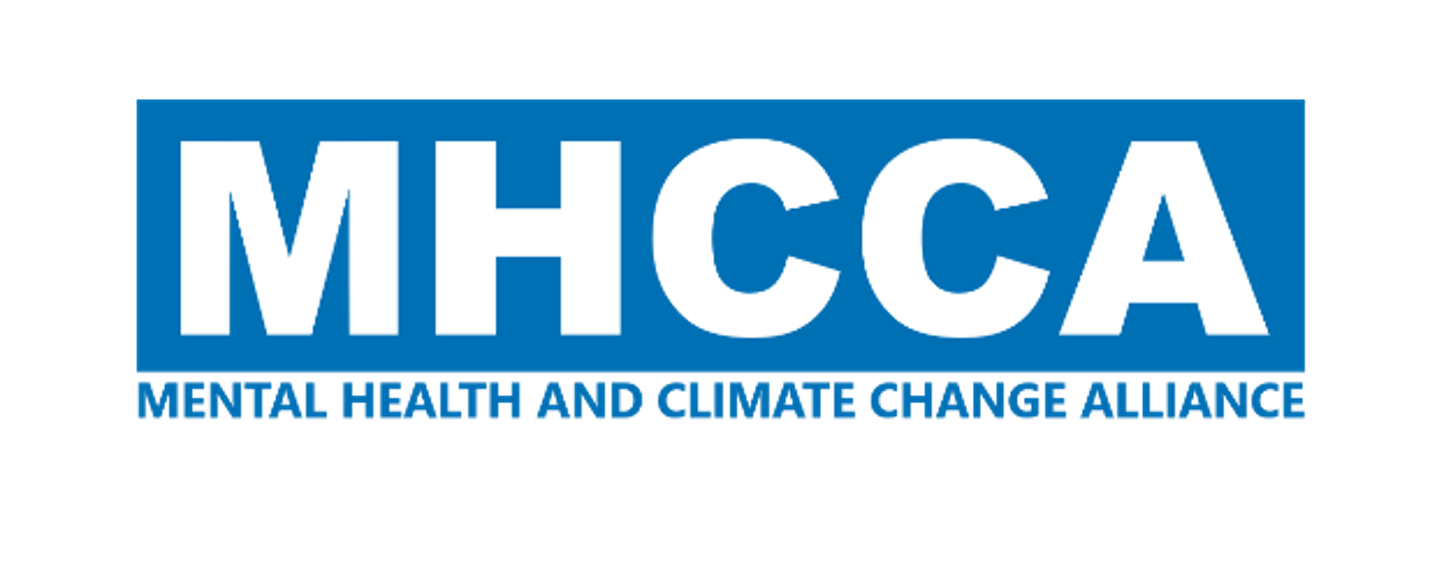
Mindmapping
Mindmapping provides a dynamic platform for small to medium-sized groups to explore climate resilience strategies collaboratively. With a large flipchart or digital software, participants visually brainbrowse key components and connections related to the central topic, such as "Community Responses to Climate Change." Using vibrant colors and lines, they map out relationships between ideas, refining and expanding their understanding as they progress. Through thoughtful discussion and reflection on the completed mindmap, participants uncover new insights and actionable steps for addressing climate challenges. Mindmapping fosters inclusivity, engages visual learners, and captures diverse perspectives efficiently, making it an ideal tool for generating and organizing ideas in a group setting.
Steps:
Introduction:
Introduce the concept of mindmapping and explain its benefits as a collaborative and visual tool for exploring complex topics.
Present the central topic or issue around which the mindmap will be created, such as "Climate Resilience Strategies" or "Community Responses to Climate Change.”
Initial Brainbrowseing:
Participants call out key components or subtopics related to the central issue, which the facilitator or a designated scribe adds to the mindmap. These could include themes like "education," "policy," "local initiatives," etc.
Use different colors to categorize ideas or show relationships.
Development of Connections:
Encourage participants to think about and suggest connections between the various components. For example, how "education" might influence "local initiatives."
Draw lines or arrows to visually represent these connections, adding brief descriptions or keywords to clarify the nature of the relationship.
Expansion and Refinement:
Continue to expand the mindmap by adding more detailed layers or related ideas, guided by participant input.
Periodically step back to review the mindmap, allowing participants to refine or reorganize the content to better reflect their collective understanding.
Final Review and Discussion:
Once the mindmap feels comprehensive, lead a discussion around the completed map, inviting participants to reflect on what they've created and identify any new insights or questions that have emerged.
Discuss potential actions or next steps that can be taken based on the insights gained from the mindmap.
Duration:
Approximately 30-45 minutes
Group Size:
Suitable for small to medium-sized groups
Materials/Resources Needed:
A large flipchart or whiteboard for hand-drawn mindmaps
Markers in various colors
Optional: Computers or tablets with mindmapping software, if preferred
Accessibility Considerations:
Ensure that the mindmapping process is accessible by providing digital alternatives for those who might have difficulties with manual drawing.
Provide assistance for participants with visual impairments, including options for enhanced visual aids or verbal descriptions.
Tips/Pointers:
Keep the atmosphere collaborative and encourage every participant to contribute, ensuring that all voices are heard.
Use mindmapping as a dynamic tool; it’s not just about the end product but also the process of visualizing and linking thoughts.
Works well for Engaging visual learners, accommodating groups with diverse language skills, and capturing a wide range of ideas quickly.
If using digital tools for mindmapping, ensure all participants are comfortable with the technology. Consider training a brief session on how to use the software before starting the main activity.
